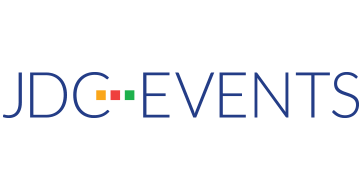
16 Jul Event Planning in an Uncertain World – Flexibility is Key
While events have always demanded flexibility, the pandemic has exacerbated the need to be adaptable and innovative. As event professionals, maintaining a sense of flexibility in order to adapt to rapidly changing circumstances is essential. Flexibility is key to successfully navigating unexpected occurrences, whether that’s a speaker no-show, the arrival of unexpected guests, a program change due to a pandemic guideline policy update, or an all-out platform outage. “The need for flexibility has increased, particularly due to the onslaught of technology,” explains Senior Manager, Portfolio & Strategy Shafer Busch. “Technology is a powerful tool to bring us together, but it can falter too.”
Flexibility is essential when navigating the return to face-to-face events and each individual’s comfort level with health and safety. “For me, at this moment, flexibility means giving myself and others grace to come together in ways that make each of us feel the most comfortable,” says Busch. “When designing events, I constantly remind myself of this. What works for me might not work for others, so how can we craft an inclusive and respectful environment?”
Taking into account so many details boils down to what JDC Events calls the “Three Ps”: positive, proactive, planning. In other words, maintain a good outlook no matter what comes your way (positive); take into account the “what if’s?” when putting together the event (proactive); and, of course, prepare a detailed blueprint (planning).
At their core, the Three Ps mean risk mitigation. “By having a contingency plan for my contingency plan, collaborating with my team to leverage their individual talents and ideas, remembering to breathe, and, honestly, drinking a lot of iced lattes to keep the momentum going, we can better ensure the event will go off without a hitch,” says Busch.
For JDC Events, standard operating procedures for any event—whether virtual, hybrid, or face-to-face—include creating comprehensive risk mitigation and crisis communications protocols. These address, among other items, contingency protocols for technology glitches. “Events are naturally high stress, so having these protocols in place takes the edge off should the moment arise that you actually need to use them,” says Busch. “All staff and volunteers receive a copy, and there is a clear chain of command to address issues.”
While planning is important, it’s also a good idea to keep it simple. “Design your event with intention,” says Busch. “Yet, while attention to detail makes an event shine, it shouldn’t overshadow the larger purpose or goals. A beautifully streamlined event does not equate to boring. Rather than just-good-enough planning on 10 ideas, focus on executing two or three special touches exceptionally well.”
Reducing complexity also leaves less room for human or technical error, overlooked details, and attendee overload (e.g., too many session options on the agenda). To help reduce complexity, map out the attendee journey, especially those two or three special touches. Holding a virtual event? Conduct a test run of the event components to help visualize the participant experience and to uncover any issues that may arise with technology. A hybrid event? In addition to the physical walk-through, do a virtual walk-through to help envision what steps each participant will take and whether any additional measures need to be taken to streamline the experience.
For face-to-face events—or that face-to-face portion of a hybrid event—be sure to take into account the needs of attendees as pandemic precautions continue to evolve. For more information on these activities, check out our Health and Safety Procedures in a Post-Pandemic World blog posting, and continue to watch this space for updates.

Kara Dao is the Chief Operating Officer at JDC Events. She has a degree from George Mason University and over 2 decades of leadership and executive experience in the events industry. Kara is certified by the Institution of Occupational Safety and Health, has her Certification in Exhibition Management (CEM) and has served as a Mentor for the International Association of Exhibitions and Events (IAEE).



